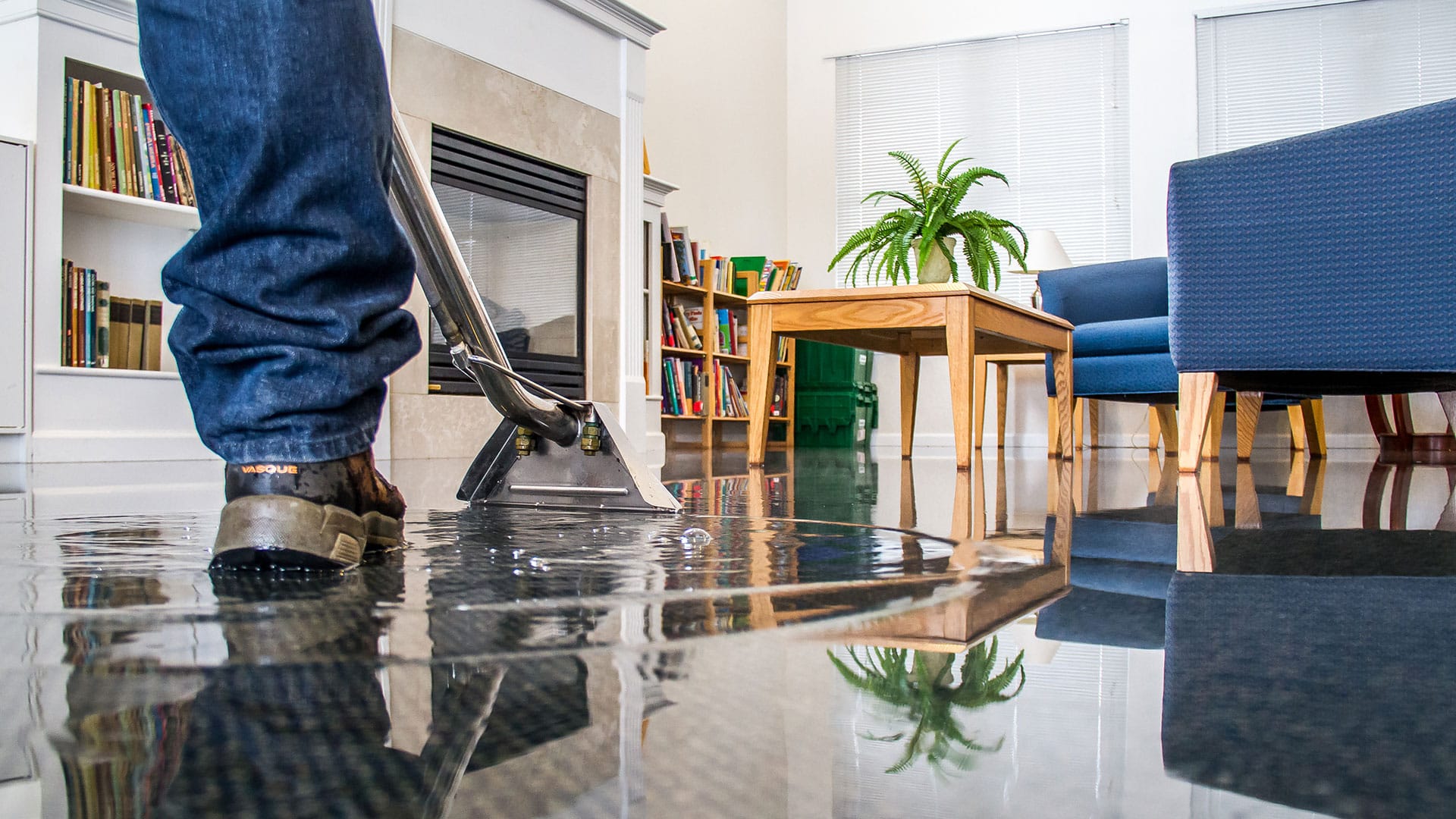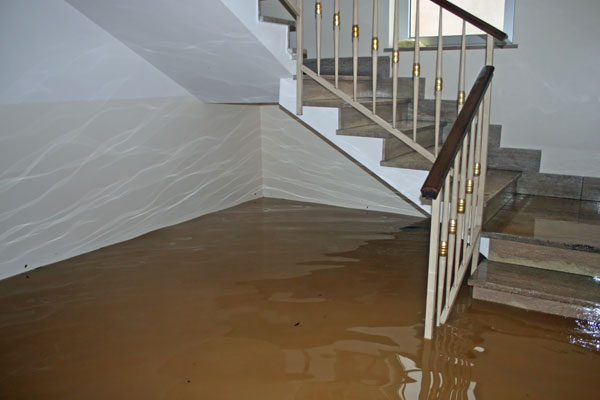Your Trusted Home Inspector Philadelphia: Insights for Confident Home Possession
Your Trusted Home Inspector Philadelphia: Insights for Confident Home Possession
Blog Article
Emergency Water Damages Restoration: Swift Feedback to Lessen Additional Damage
Water damage can strike all of a sudden and leave terrible effects on homes and businesses. When confronted with such a circumstance, a quick response is important to decrease more damages and protect against possible health hazards. What exactly does emergency water damage restoration entail? In this discussion, we will look into the importance of prompt activity, the evaluation process, the steps involved in water extraction and drying out, mold and mildew prevention and remediation, and ultimately, the restoration of the affected location. By recognizing the urgency and thorough nature of this procedure, you will certainly acquire useful understandings into how professionals take on emergency situation water damages, making certain a swift and reliable feedback.
Value of Swift Feedback
Swift response is of utmost value in water damage remediation to reduce more damages and alleviate possible dangers. The longer water sits in a building, the even more damages it can trigger.
Among the primary reasons speedy feedback is important in water damage remediation is to prevent the development of mold and mildew. Mold can begin to expand within 24 to 2 days of water direct exposure, and as soon as it holds, it can spread swiftly throughout the afflicted area. Mold not only causes more damages to the framework of the building yet also postures health dangers to owners. By responding quickly, professionals can completely dry out the location and inhibit the development of mold and mildew, reducing the requirement for extensive removal and making certain the safety of those entailed.
Water damage can be devastating, especially when it affects personal items of sentimental or monetary value. Acting swiftly enables specialists to assess the damage and execute appropriate remediation techniques to salvage as much as possible.
Examining the Degree of Damage

Throughout the assessment, remediation experts extensively examine the affected area to determine noticeable indicators of damage, such as water spots, distorted materials, and mold and mildew growth. They also utilize specific devices to discover concealed damages, such as dampness meters and thermal imaging cams. This extensive assessment allows them to precisely identify the extent of the damages and develop a customized repair plan.
Assessing the level of water damage is essential since it helps specialists prioritize their efforts. They can recognize areas that call for instant focus, such as standing water removal and drying, to avoid additional damages and reduce the risk of mold and mildew development. They can likewise determine the locations that need repair services or replacement, guaranteeing that no damages goes unattended or undetected.

Water Removal and Drying Process
The water extraction and drying out procedure is an important action in water damages remediation, as it includes the elimination of excess water and the comprehensive drying of the afflicted location to prevent additional damages and minimize the risk of mold growth. After examining the level of the water damage, the next step is to remove the water from the affected location.
When the excess water has actually been removed, the drying process begins. This step is vital in protecting against secondary damages, such as structural damages and the development of mold and mildew and mold. High-powered followers and dehumidifiers are utilized to circulate air and remove moisture from the air and surfaces. The drying out process may take a number of days, relying on the level of the water damages and the products entailed.
It is essential to ensure that the affected location is entirely dry prior to continuing with any kind of fixings or repair. Failure to completely dry the area can result in long-lasting issues, including weakened structures, moldy smells, and the development of mold and mildew and mold. For that reason, expert water damage remediation companies employ moisture discovery tools to make certain that the damaged area is completely dry prior to proceeding to the next action.
Mold And Mildew Prevention and Removal
Reliable mold prevention and removal are vital in water damages remediation to ensure the safety and security and stability of the affected location. mold inspection click this link philadelphia. When water damage takes place, whether from a burst pipeline, flooding, or a leaking roof covering, it produces an optimal setting for mold growth. Mold and mildew can begin to establish within 24 to 2 days after water damage, and if left unattended, it can spread swiftly and trigger serious wellness risks
To avoid mold and mildew development, it is crucial to deal with water damages promptly. The first action is to determine and fix the source of the water breach.
In cases where mold growth has actually already occurred, removal is necessary to eliminate the mold and mildew and prevent its return. This includes the mindful elimination and disposal of affected materials, such as drywall or rug, to ensure that all traces of mold and mildew are removed. It is very important to note that mold and mildew remediation should be lugged out by specialists who have the necessary training and tools to securely eliminate and deal with mold.
Restoring the Affected Location

First of all, it is vital to extensively dry the area to avoid any further damage and to prevent the growth of mold and mildew. This may include making use of specialized drying out like this equipment, such as dehumidifiers and industrial-grade fans, to get rid of all moisture from the afflicted surface areas.
As soon as the area is totally dry, the restoration procedure can start. This might involve repairing or replacing damaged structural aspects, such as drywall, ceiling, or floor covering ceramic tiles. It is very important to attend to any kind of underlying problems that may have caused the water damage, such as leaky pipelines or damaged pipes, to protect against future cases.
In addition, bring back the afflicted area might likewise include repainting wall surfaces, changing harmed fixtures, and thoroughly cleansing and sterilizing the area. This guarantees that not only is the location structurally audio, however it is also cosmetically pleasing and secure for tenancy.
Final Thought
To conclude, swift response is crucial in minimizing more damages brought on by water emergency situations. Examining the extent of damages enables for efficient water removal and drying procedures to be applied. Additionally, mold and mildew prevention and removal are necessary in restoring the damaged area. On the whole, timely activity and complete remediation procedures are essential to minimizing the negative influences of water damage.
Swift action is of utmost importance in water damages restoration to lessen more damage and mitigate potential dangers.During the evaluation, reconstruction professionals completely check out the affected area to recognize noticeable signs of damage, such as water discolorations, deformed materials, and mold development.The water removal and drying procedure is an his comment is here essential action in water damages restoration, as it involves the elimination of excess water and the detailed drying of the affected area to avoid additional damages and mitigate the danger of mold and mildew development. After assessing the extent of the water damage, the next action is to remove the water from the affected area.Effective mold and mildew avoidance and remediation are important in water damages restoration to guarantee the security and integrity of the affected location.
Report this page